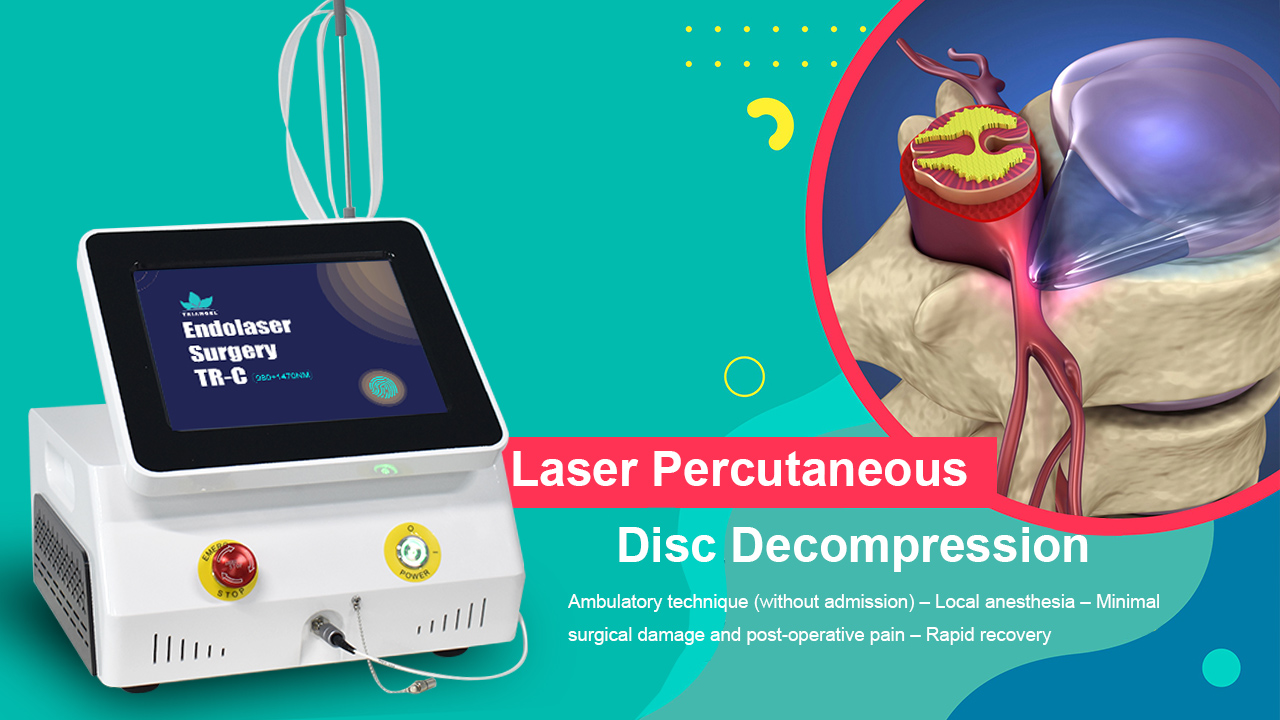Both Percutaneous Laser Disc Decompression (PLDD) and Radiofrequency Ablation (RFA) are minimally invasive procedures used to treat painful disc herniations, offering pain relief and functional improvement. PLDD uses laser energy to vaporize a portion of the herniated disc, while RFA uses radio waves to heat and shrink the disc.
Similarities:
Minimally Invasive:
Both procedures are performed through a small incision and do not require extensive surgery.
Pain Relief:
Both aim to reduce pain and pressure on nerves, leading to improved functionality.
Disc Decompression:
Both techniques target the herniated disc to reduce its size and pressure.
Outpatient Procedures:
Both procedures are typically performed on an outpatient basis, with patients able to return home shortly after.
Differences:
Mechanism:
PLDD uses laser energy to vaporize the disc, while RFA uses heat generated by radio waves to shrink the disc.
Potential Risks:
While both are generally considered safe, RFA may have a slightly lower risk of tissue damage compared to PLDD, especially in cases of reherniation.
Long-Term Outcomes:
Some studies suggest that PLDD may have better long-term outcomes in terms of pain relief and functional improvement, particularly for contained disc herniations.
Reherniation Risk:
Both procedures carry a risk of reherniation, although the risk may be lower with RFA.
Cost:
The cost of PLDD can vary depending on the specific technology and the location of the procedure.
Post time: Jul-23-2025


